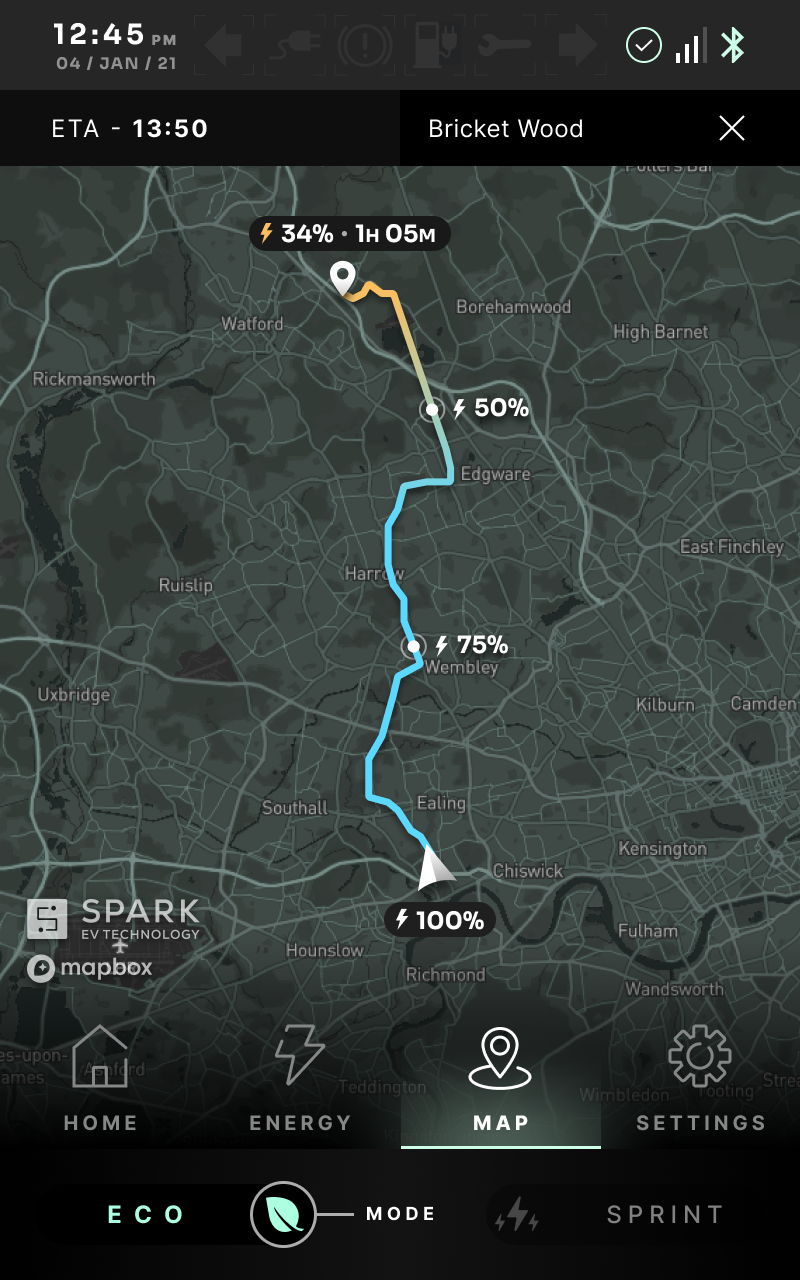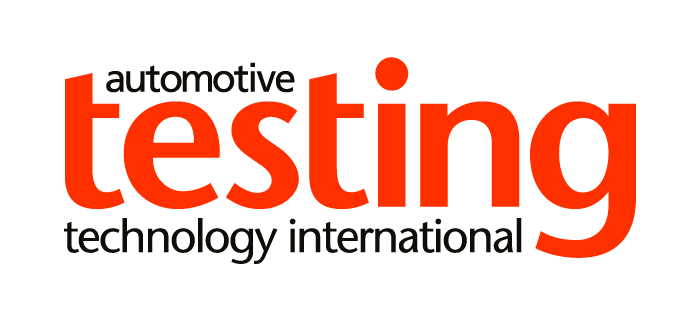Greg Matthews, CTO at Spark EV Technology, discusses the development of the company’s EV range prediction technology, which harnesses machine learning technology coupled with vehicle data
Most EVs today predict the amount of energy left in the battery by extrapolating the driving efficiency from a previous stint of driving. However, if the car has just driven up a mountain, the efficiency going down the other side will be quite different – and this inaccuracy is leading to range and chargepoint anxiety.
Spark EV Technology has developed a system called Assure that utilizes AI to predict the exact energy required for a journey while taking into account the particular vehicle type and the driving style of the driver – all within 10ms. It achieves this by combining vehicle data with driver behavior and real-time external route and weather information to forecast efficiency more precisely.
“If you want to know how much energy your vehicle is going to use on a journey, it doesn’t matter where you’ve been, it simply matters where you are going next. That’s what determines the energy the vehicle is going to use,” comments Greg Matthews, CTO at Spark EV Technology. “If you know the distance of a journey, then you can start to apply some physics and calculate the energy required to overcome rolling resistance, changes in elevation, the speed of the vehicle based on traffic conditions and the cabin heating or cooling demands from the outside ambient temperature.”
At the core of Assure is a physics model consisting of seven primary energy contributions: rolling resistance, aerodynamic drag, kinetic energy, regenerative braking energy, auxiliary energy and potential energy. However, the varying styles and preferences of drivers can significantly influence these parameters.
“After some testing, we found that there were aspects we couldn’t capture within the physics model directly,” explains Matthews. “For example, driving style has a big effect on energy consumption. If a driver is particularly fast, then aerodynamic drag will increase, or if a driver likes a warmer environment, then the energy used for heating will be higher. We found that some drivers were consuming as much as 40% more energy for the same journey under the same conditions. That’s when we decided to use machine learning to tune the physics model to individual drivers and vehicles.”
Spark uses the stochastic gradient descent machine learning technique, which is an optimization algorithm that tweaks parameters at each iteration to minimize a cost function. Imagine two 16km journeys that were identical apart from the fact that one journey had a hill. The algorithms analyze the difference between these two journeys and can calculate the amount of potential energy required to go up and down the hill. By comparing lots of journeys simultaneously, the algorithms can predict the contribution of each type of energy to the overall energy consumption of the journey.
“The algorithms will run through approximately 10,000 adjustments for each journey, and after 10 to 20 journeys we can establish the necessary parameters for a given driver and vehicle,” says Matthews. “This allows us to predict the energy of a journey typically within 1 or 2%.”

The algorithms update after every journey, tracking changes in driving style, vehicle wear and weather conditions. The challenge here is to avoid the algorithms learning from inaccurate training data. For example, if a driver detours from the initial route, the data from this journey cannot be used because the algorithms will assume that future journeys will include a similar detour.
“We have to be very careful about how we filter training data,” says Matthews. “We set limits on how much a journey can deviate before we eliminate it. If a journey was 20% longer than predicted, we may not include that in the data set. But we also have to be careful not to eliminate good training data. If Google is optimistic when predicting journey times, then we don’t want to remove all those journeys simply because the time prediction was different from the actual time, so we have to teach the AI that journeys predicted by Google will always be longer than what the input data says.”
More on how to use artificial intelligence in your testing program in the March 2023 issue of ATTI – due to land in the next week.
For more on electric vehicles, please click here.


